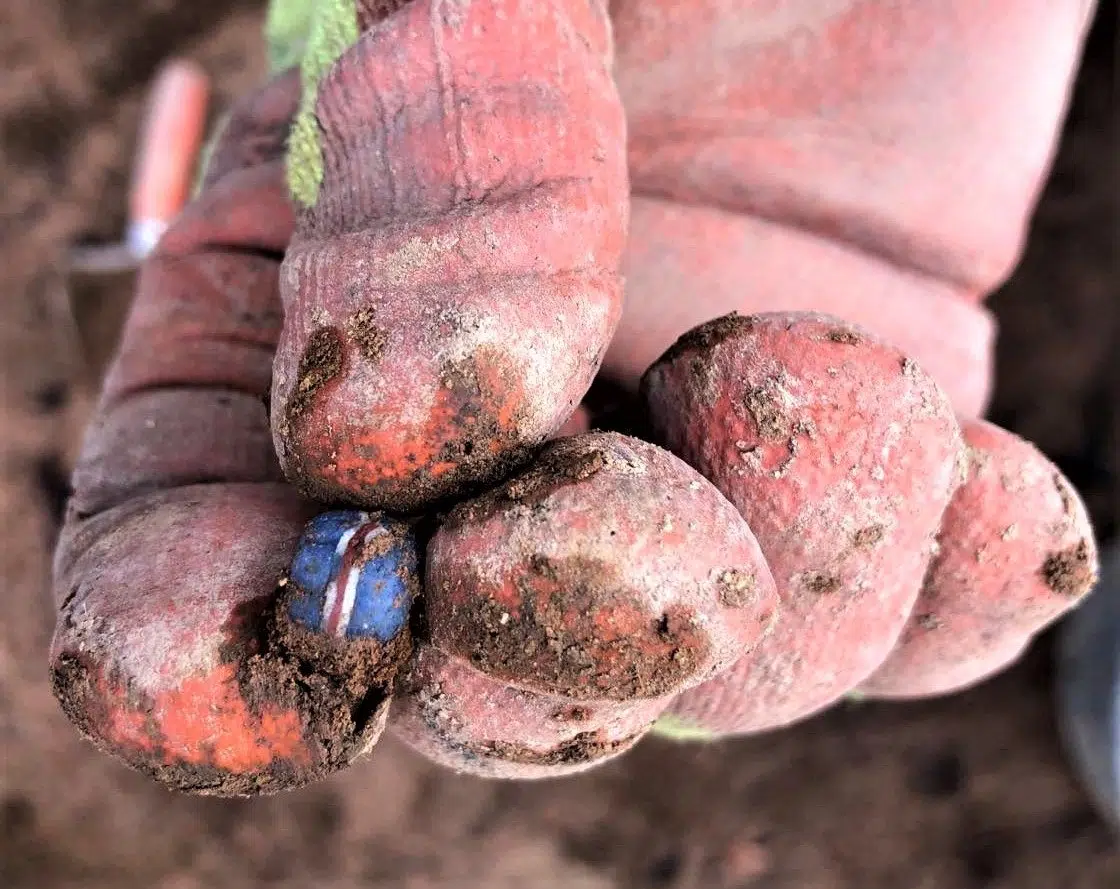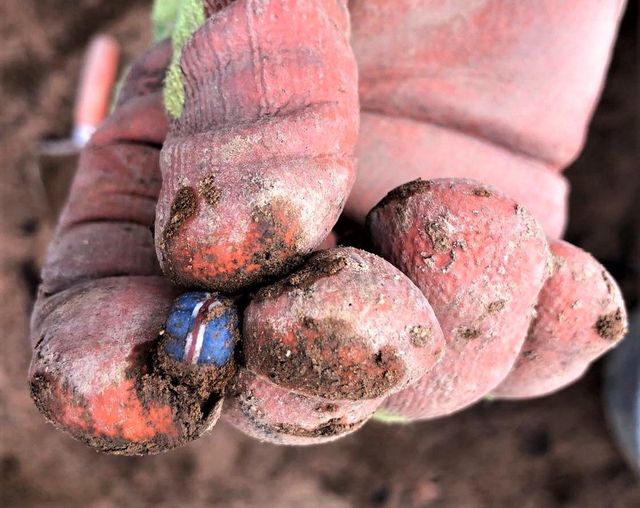
Archaeologists in Seyðisfjörður have excavated jewelry that dates from 940 – 1100, just after the initial settlement of Iceland. Notably, one of the beads found in the excavation even bears the colours of the Icelandic national flag.
Remarkably well-preserved structures in Seyðisfjörður
Archaeological digs have been underway in Seyðisfjörður, a fishing village in the East Fjords of Iceland, since 2020. Due to the high slopes of the valley, Seyðisfjörður is subject to land slides, and local authorities plan to build defensive barriers to protect the village, which has suffered damage in recent years. However, these same land slides have also preserved archaeological sites in the region particularly well. Archaeologists have been called in to perform exploratory digs where the defensive barriers will be erected, and have found remarkably intact manmade structures and artifacts such as game pieces and pearls.
Read the rest of this article...